

Articles
How To Store Homemade Sourdough
Modified: December 7, 2023
Learn the best methods for storing your homemade sourdough bread with these insightful articles. Preserve its freshness and flavor for longer periods.
(Many of the links in this article redirect to a specific reviewed product. Your purchase of these products through affiliate links helps to generate commission for Storables.com, at no extra cost. Learn more)
Introduction
Welcome to the world of homemade sourdough! If you’ve recently embarked on the satisfying journey of baking your own sourdough bread, you’ve likely discovered the joy of creating beautiful loaves with a distinct tangy flavor and chewy texture. But once you’ve put all that time and effort into creating your delicious sourdough, how do you store it to maintain its freshness and taste?
Proper storage is crucial to preserve the quality and shelf life of your homemade sourdough. In this article, we will explore various methods of storing sourdough, from room temperature to refrigeration and even freezing. By understanding these techniques, you’ll be able to make informed decisions on how to best preserve your bread to enjoy it at its best for as long as possible.
Before we delve into the different storage options, let’s take a moment to understand what makes sourdough special.
Key Takeaways:
- Properly storing homemade sourdough is essential for preserving its unique flavor and texture. Consider factors like temperature, moisture content, and frequency of consumption to make informed storage decisions.
- Whether at room temperature, in the refrigerator, or frozen, tightly wrapping sourdough is crucial to prevent moisture loss and protect it from air and odors. Thaw and reheat properly to maintain its deliciousness.
Read more: How To Store Homemade Sourdough Bread
Understanding Sourdough
Sourdough bread is unique in that it is leavened using naturally occurring wild yeast and bacteria present in a sourdough starter. This starter is a fermented mixture of flour and water that captures the ambient yeast and bacteria in its environment. The fermentation process produces lactic acid, which gives sourdough its distinct tangy flavor and chewy texture.
Unlike commercially produced yeast bread, which relies on added yeast for leavening, sourdough is a living organism. It requires regular feeding and maintenance to keep the wild yeast and bacteria active and thriving. This living nature of sourdough contributes to its flavor complexity and longer shelf life.
Sourdough bread is rich in beneficial bacteria and natural enzymes, making it easier to digest and potentially more nutritious than bread made with commercial yeast. The slow fermentation process also breaks down gluten proteins, making sourdough more tolerable for some individuals with gluten sensitivities.
Now that we have a basic understanding of sourdough, let’s explore how to properly store this delightful bread to maintain its freshness and quality.
Factors to Consider for Storage
Before deciding on the best storage method for your homemade sourdough, it’s essential to consider a few factors that can affect the bread’s quality and shelf life.
Firstly, consider the climate and temperature of your surroundings. Warmer temperatures accelerate the fermentation process in sourdough, which can lead to faster staling. Cooler temperatures, on the other hand, slow down the fermentation process and can help extend the bread’s freshness.
Next, think about the moisture content of your bread. Sourdough with a higher moisture content tends to have a shorter shelf life as it can become more prone to mold growth. In contrast, bread with a lower moisture content might dry out more quickly if not stored properly.
Lastly, consider the frequency at which you plan to consume your sourdough. If you bake bread frequently and consume it within a day or two, storing at room temperature may be sufficient. However, if you bake larger batches or want to preserve your sourdough for longer periods, refrigeration or freezing may be necessary.
By keeping these factors in mind, you can make informed decisions about the best method to store your homemade sourdough and ensure it stays fresh and delicious for as long as possible.
Storing Sourdough at Room Temperature
One of the simplest ways to store your homemade sourdough is at room temperature. This method is ideal if you plan on consuming the bread within a day or two.
When storing sourdough at room temperature, it’s important to keep it in a cool and dry place, away from direct sunlight and heat sources. A bread box or a paper bag can provide a protective environment while allowing the bread to breathe.
If you live in a particularly warm or humid climate, you may want to consider wrapping your sourdough in a clean kitchen towel or storing it in a bread bin with ventilation to prevent excessive moisture buildup.
It’s important to note that sourdough stored at room temperature will continue to ferment. This can lead to faster staling and a loss of freshness. To minimize this, make sure to store the bread in airtight or resealable bags to slow down the moisture loss and preserve the crust.
If you find that your sourdough is becoming stale too quickly at room temperature, you can try slicing it and freezing individual portions. This way, you can take out slices as needed and toast or reheat them to enjoy freshly baked bread at any time.
Remember, though, that sourdough stored at room temperature has a shorter shelf life compared to refrigerated or frozen sourdough. Be sure to consume it within a day or two for the best taste and texture.
Storing Sourdough in the Refrigerator
If you want to extend the shelf life of your homemade sourdough, storing it in the refrigerator is a great option.
The cool temperature of the refrigerator helps to slow down the fermentation process, keeping your sourdough fresher for a longer period. However, it’s important to note that refrigeration can also accelerate the staling process, causing the bread to become dry and less flavorful over time.
When storing sourdough in the refrigerator, it’s essential to wrap it tightly to prevent it from drying out. You can use plastic wrap, aluminum foil, or place it in a resealable plastic bag. Wrapping the bread helps retain moisture and prevents it from absorbing odors from other foods in the fridge.
Before placing your sourdough in the refrigerator, make sure it has completely cooled down after baking. This prevents condensation from forming, which can lead to a soggy crust.
When you’re ready to enjoy your refrigerated sourdough, it’s best to bring it back to room temperature before consuming. Allow it to sit at room temperature, unwrapped, for about an hour or so. This helps to restore the crust’s crispness and improves the overall texture of the bread.
It’s important to note that refrigeration can cause the crust of sourdough to become soft. For a re-crispier crust, you can place the bread in a preheated oven at 350°F (175°C) for a few minutes before serving.
However, keep in mind that refrigerated sourdough will eventually become stale. To prevent this, it’s best to consume it within a week of refrigeration. If you don’t plan on consuming the bread within that timeframe, consider freezing it for longer-term storage.
Now that we’ve explored storing sourdough in the refrigerator, let’s move on to freezing as another option for extending its shelf life.
Store homemade sourdough in a paper bag or cloth bread bag at room temperature for 2-3 days. For longer storage, freeze the sourdough in a resealable plastic bag for up to 3 months.
Read more: How To Store Sourdough
Freezing Sourdough
Freezing is an excellent method to keep your homemade sourdough fresh for an extended period. It allows you to preserve the bread’s quality and flavor, making it a convenient option for long-term storage.
Before freezing your sourdough, make sure it has cooled completely after baking. If the bread is still warm, condensation can form inside the packaging, leading to a soggy texture.
When freezing sourdough, it’s crucial to wrap it tightly to prevent freezer burn and moisture loss. Start by slicing the bread into individual portions or wrap the whole loaf if you prefer. Wrap the bread in plastic wrap, followed by aluminum foil or place it in a freezer bag.
Label the packaging with the date to keep track of how long the bread has been in the freezer. Sourdough can be frozen for up to three months without a significant impact on its quality.
For added protection, you can place the wrapped sourdough in an airtight container or freezer-safe bag. This helps to prevent any odors from seeping into the bread and maintains its freshness.
When you’re ready to enjoy your frozen sourdough, remove it from the freezer and let it thaw at room temperature. Avoid thawing it in the microwave or using direct heat sources, as this can cause the bread to become soggy or unevenly thawed.
Once thawed, you can refresh the bread by re-crisping the crust. Preheat your oven to 350°F (175°C) and place the sourdough directly on the oven rack or a baking sheet for a few minutes to restore its crispiness.
Keep in mind that freezing can affect the texture of sourdough slightly, but the flavor should remain intact. It’s best to consume the thawed sourdough within a day or two for the best taste and texture.
Now that you know how to freeze sourdough, let’s move on to the thawing and reheating process.
Thawing and Reheating Sourdough
Thawing and reheating sourdough properly is key to retaining its taste, texture, and overall quality. Here’s a simple guide to help you thaw and reheat your frozen sourdough:
1. Thawing at Room Temperature: Remove the wrapped sourdough from the freezer and place it on the counter at room temperature. Allow it to thaw for several hours or overnight. Make sure to keep it wrapped to prevent moisture loss.
2. Slicing Before Thawing: If you prefer to have individual slices of sourdough, you can slice the bread before freezing. This way, you can easily take out individual slices and thaw only what you need.
3. Reheating in the Oven: Once the sourdough is thawed, you can reheat it in the oven to restore its crust and improve its texture. Preheat your oven to 350°F (175°C). Place the bread directly on the oven rack or on a baking sheet. Heat it for about 5-10 minutes until it is warmed through and the crust becomes crispy again. Keep a close eye on it to prevent burning.
4. Toasting: Another quick and easy way to warm up your sourdough is by toasting it. Slice the thawed bread and place it in a toaster or toaster oven. Toast to your desired level of crispness and enjoy it hot and fresh.
5. Steaming: If you prefer to reheat the whole loaf and want to soften the crust, you can use the steaming method. Preheat your oven to 350°F (175°C). Wrap the thawed sourdough in aluminum foil to retain moisture. Place it in the oven for about 10-15 minutes until it is heated through and the crust softens slightly.
Remember, sourdough bread may not have the exact same texture after thawing and reheating compared to when it was freshly baked. However, it can still be delicious and enjoyable with the right methods.
Now that you know how to thaw and reheat your sourdough, let’s move on to some best practices for storing homemade sourdough.
Best Practices for Storing Homemade Sourdough
To maintain the quality and freshness of your homemade sourdough, here are some best practices for storing it:
1. Wrap it Properly: Whether you’re storing sourdough at room temperature, in the refrigerator, or in the freezer, wrapping it tightly is crucial. Use plastic wrap, aluminum foil, or resealable bags to prevent moisture loss and protect the bread from exposure to air and odors.
2. Store at the Right Temperature: Consider the ideal temperature for storing your sourdough. Room temperature is suitable for short-term storage, but if you want to extend its shelf life, refrigeration or freezing is recommended.
3. Keep it in a Cool and Dry Place: When storing sourdough at room temperature, choose a cool and dry spot away from direct sunlight and heat sources. This helps to prevent the bread from drying out or becoming stale quickly.
4. Label and Date: Properly label your sourdough packaging with the date of storage. This allows you to keep track of how long the bread has been stored, especially in the freezer, where it’s easy to lose track.
5. Thaw Before Consuming: If you’ve frozen your sourdough, be sure to thaw it properly before consuming. Thaw it at room temperature to retain the best texture and flavor.
6. Refresh the Crust: When reheating sourdough, consider methods like toasting or oven re-crisping to restore the crust’s crispiness and improve the overall texture.
7. Consume within the Recommended Timeframe: While proper storage techniques can help to extend the shelf life of sourdough, it’s still best to consume it within the recommended timeframe. Freshly baked sourdough is always the most enjoyable.
8. Regularly Maintain and Feed Your Starter: Remember that the quality of your sourdough is also dependent on how you maintain and feed your sourdough starter. A healthy and active starter will produce better-tasting bread that stays fresh longer.
By following these best practices, you can ensure that your homemade sourdough stays delicious and enjoyable for as long as possible.
Now that you have a comprehensive understanding of how to store your homemade sourdough, you can confidently preserve its flavor and texture, allowing you to savor that tangy and chewy goodness whenever you desire. Enjoy your homemade sourdough at its best by implementing these storage techniques and best practices!
Conclusion
Congratulations! You’ve now learned the ins and outs of properly storing your homemade sourdough. With the right techniques and best practices, you can ensure that your bread stays fresh, flavorful, and enjoyable for as long as possible.
By understanding the unique characteristics of sourdough and considering factors such as temperature, moisture content, and frequency of consumption, you can make informed decisions about the most suitable storage method for your needs.
Whether you choose to store your sourdough at room temperature, in the refrigerator, or by freezing it, remember to wrap it tightly to prevent moisture loss and protect it from air and odors. Consider thawing and reheating methods that help restore the crust’s crispiness and improve the texture of the bread.
Don’t forget to keep track of storage dates and consume your sourdough within the recommended timeframes to enjoy it at its best. Regularly maintaining and feeding your sourdough starter will also contribute to the overall quality of your bread.
Homemade sourdough is a labor of love, and proper storage is essential to preserve its unique flavor and texture. With the knowledge you’ve gained, you can confidently store your sourdough and savor its delightful taste whenever you desire.
So go ahead, enjoy the tangy and chewy goodness of your homemade sourdough, knowing that you can keep it fresh and delicious with the right storage practices. Happy baking and storing!
Frequently Asked Questions about How To Store Homemade Sourdough
Was this page helpful?
At Storables.com, we guarantee accurate and reliable information. Our content, validated by Expert Board Contributors, is crafted following stringent Editorial Policies. We're committed to providing you with well-researched, expert-backed insights for all your informational needs.
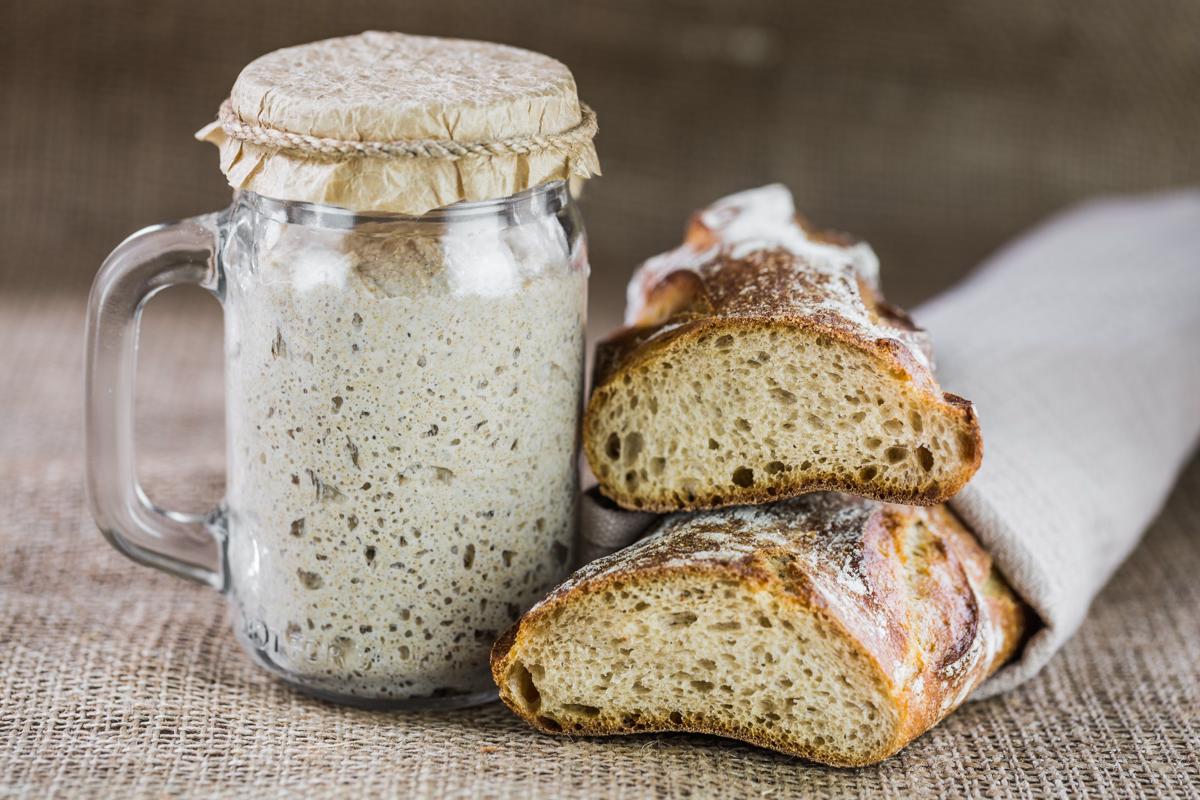
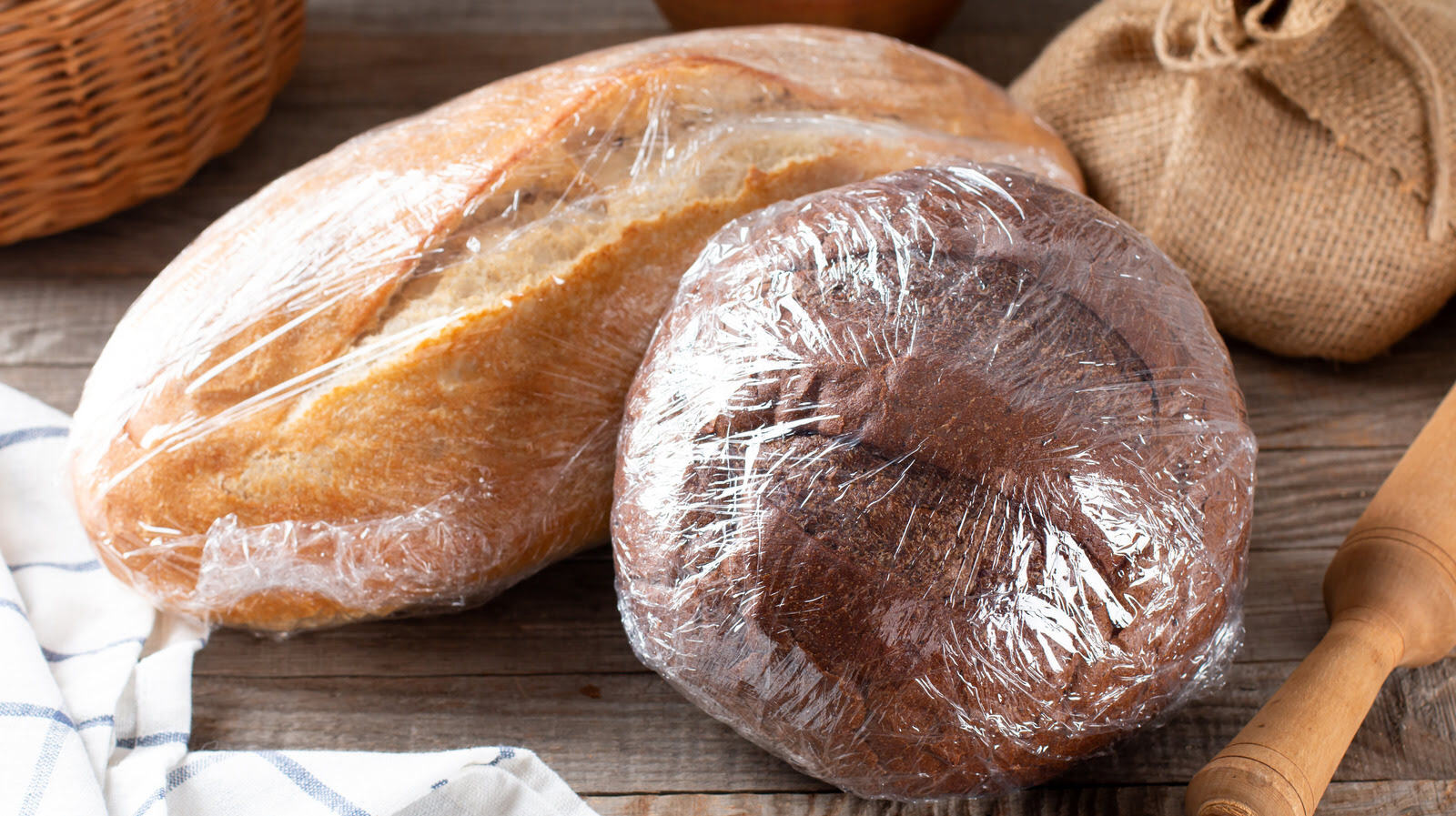
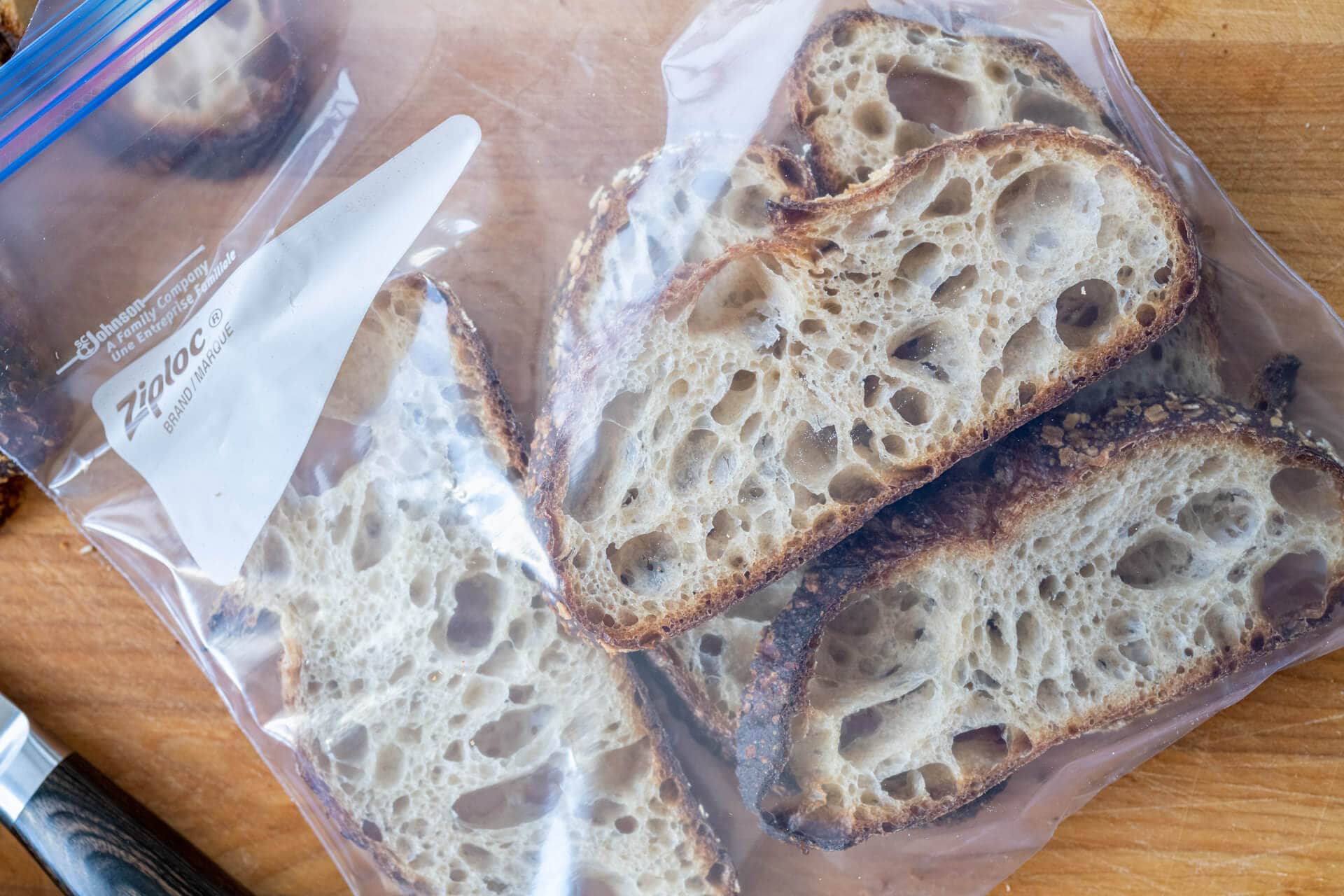
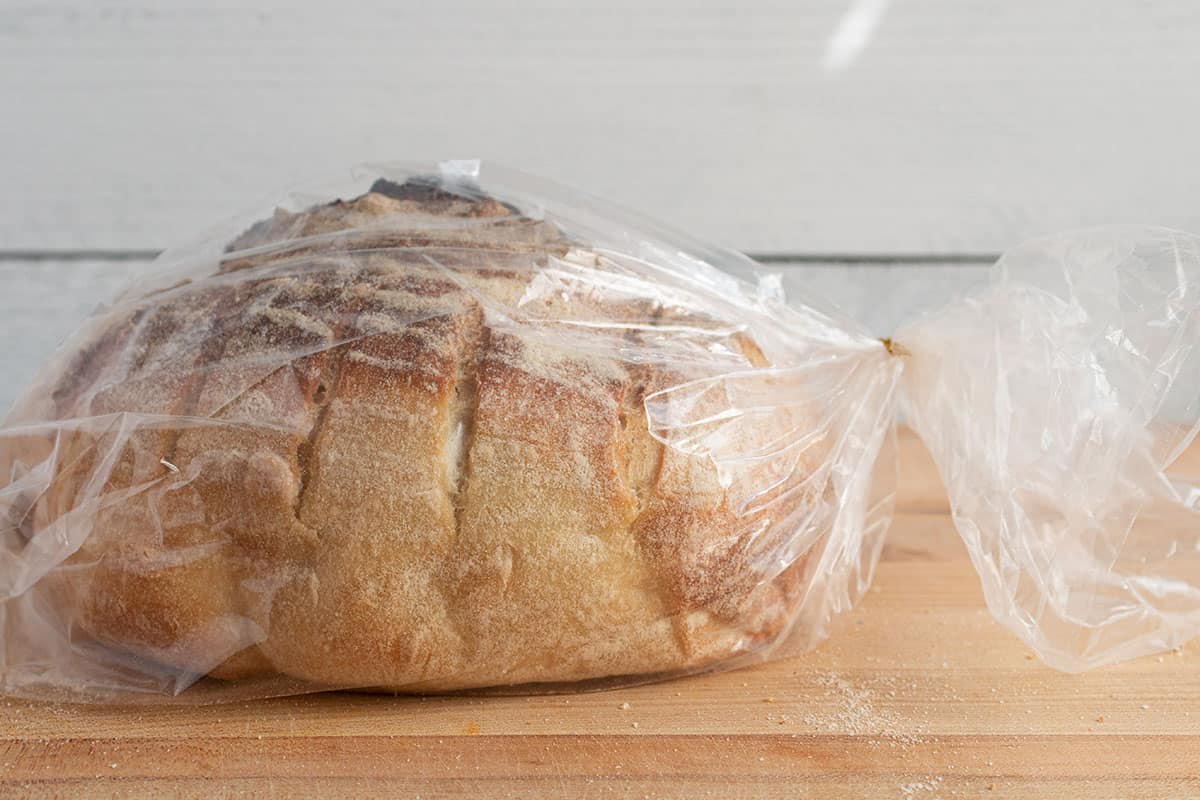
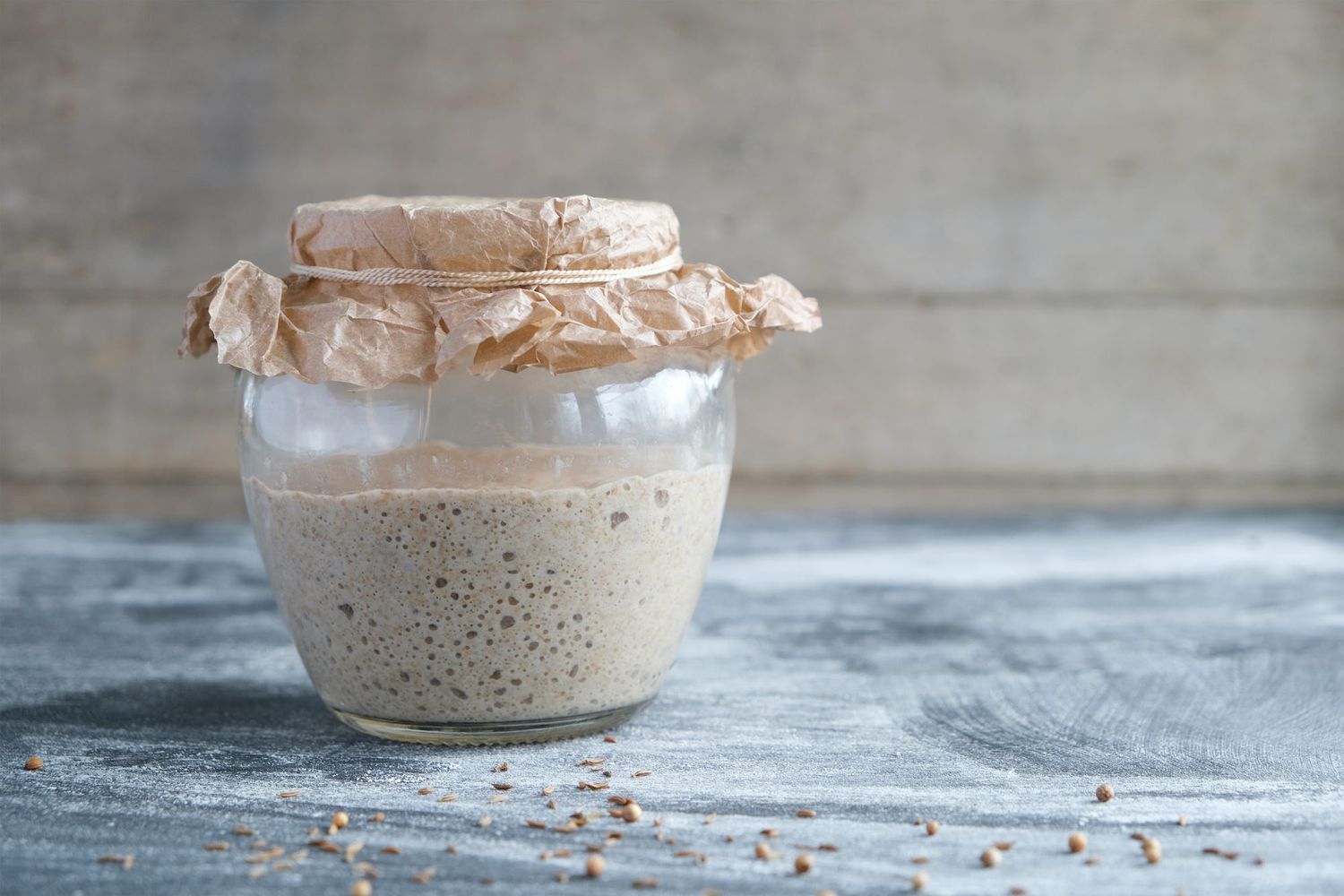

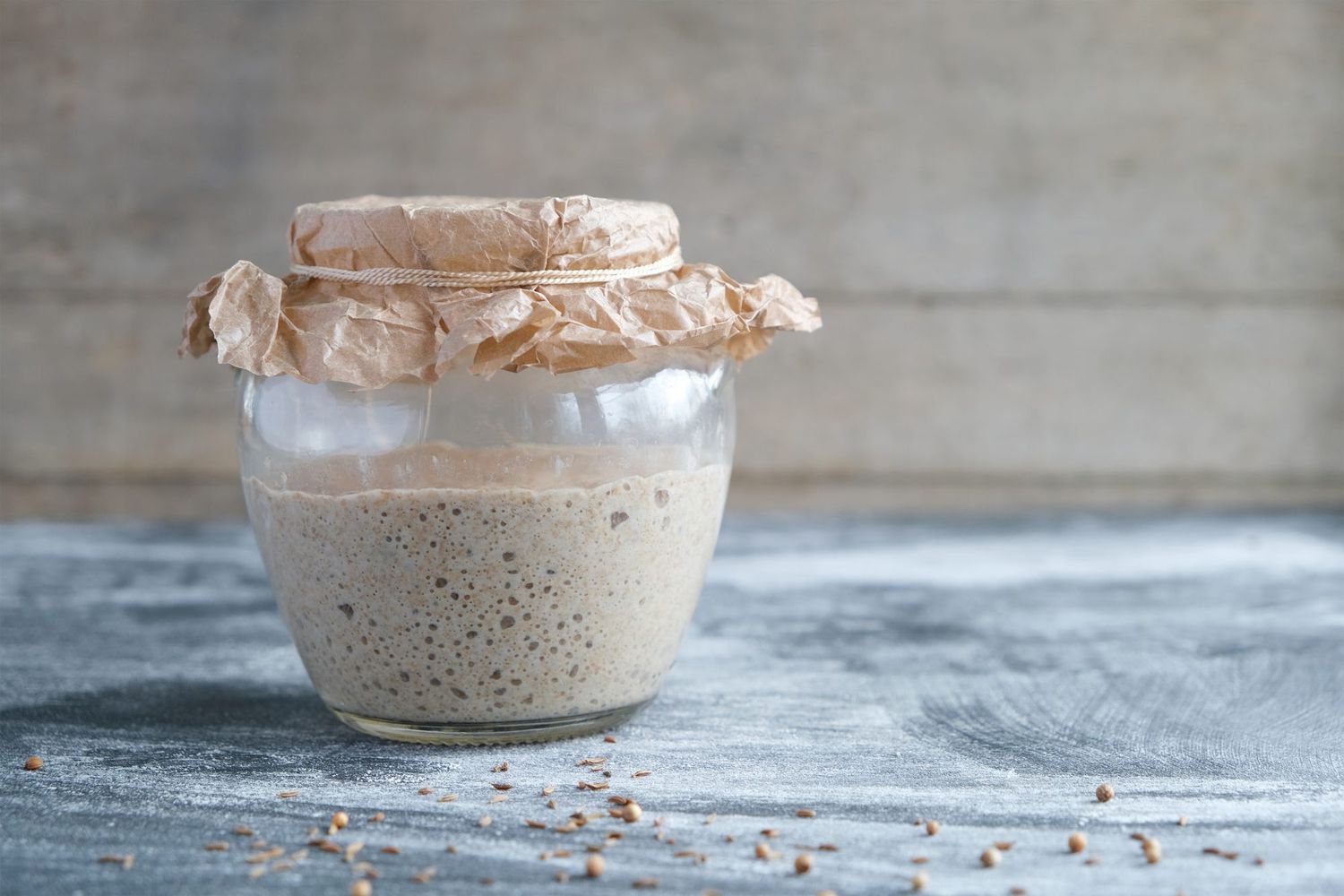
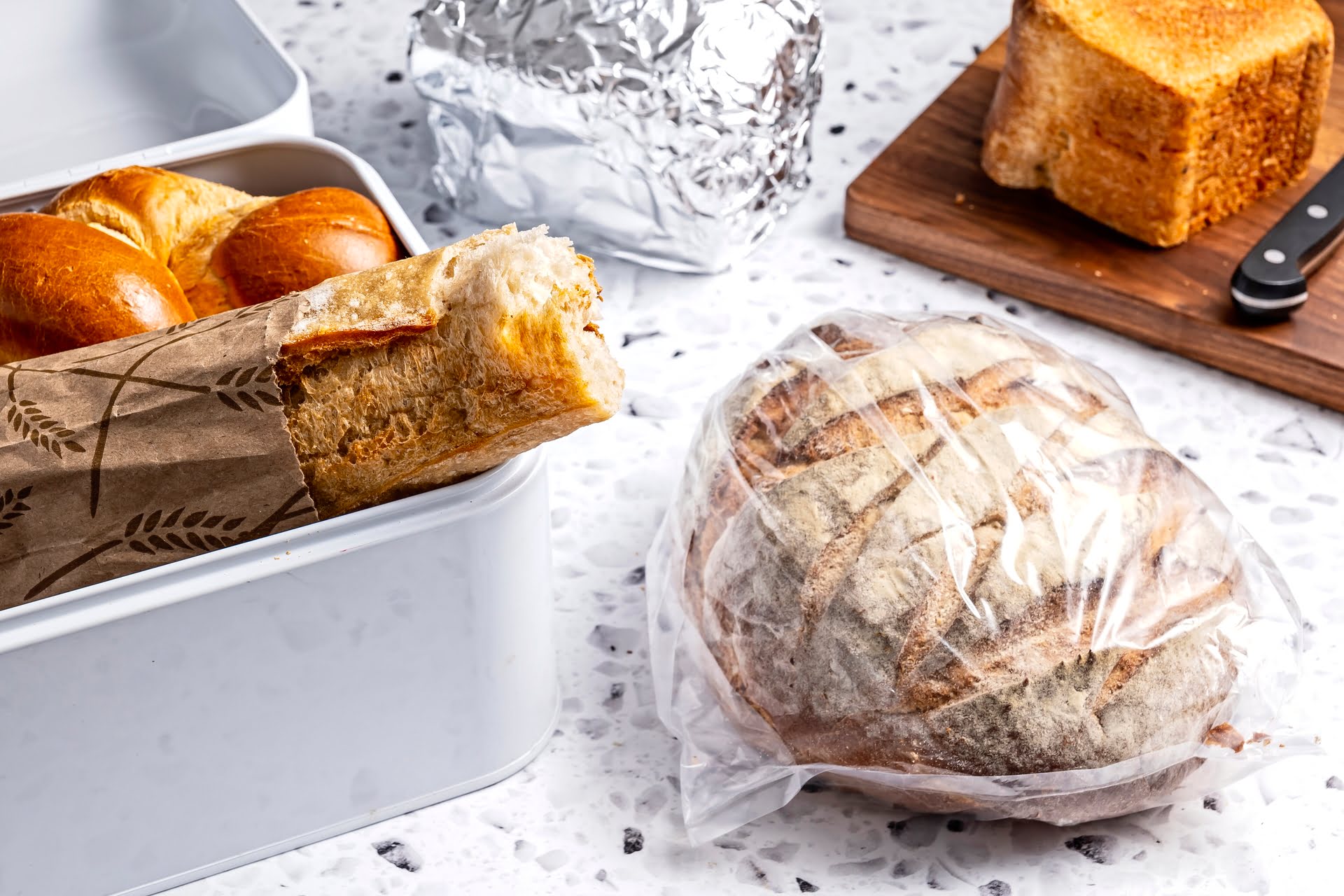
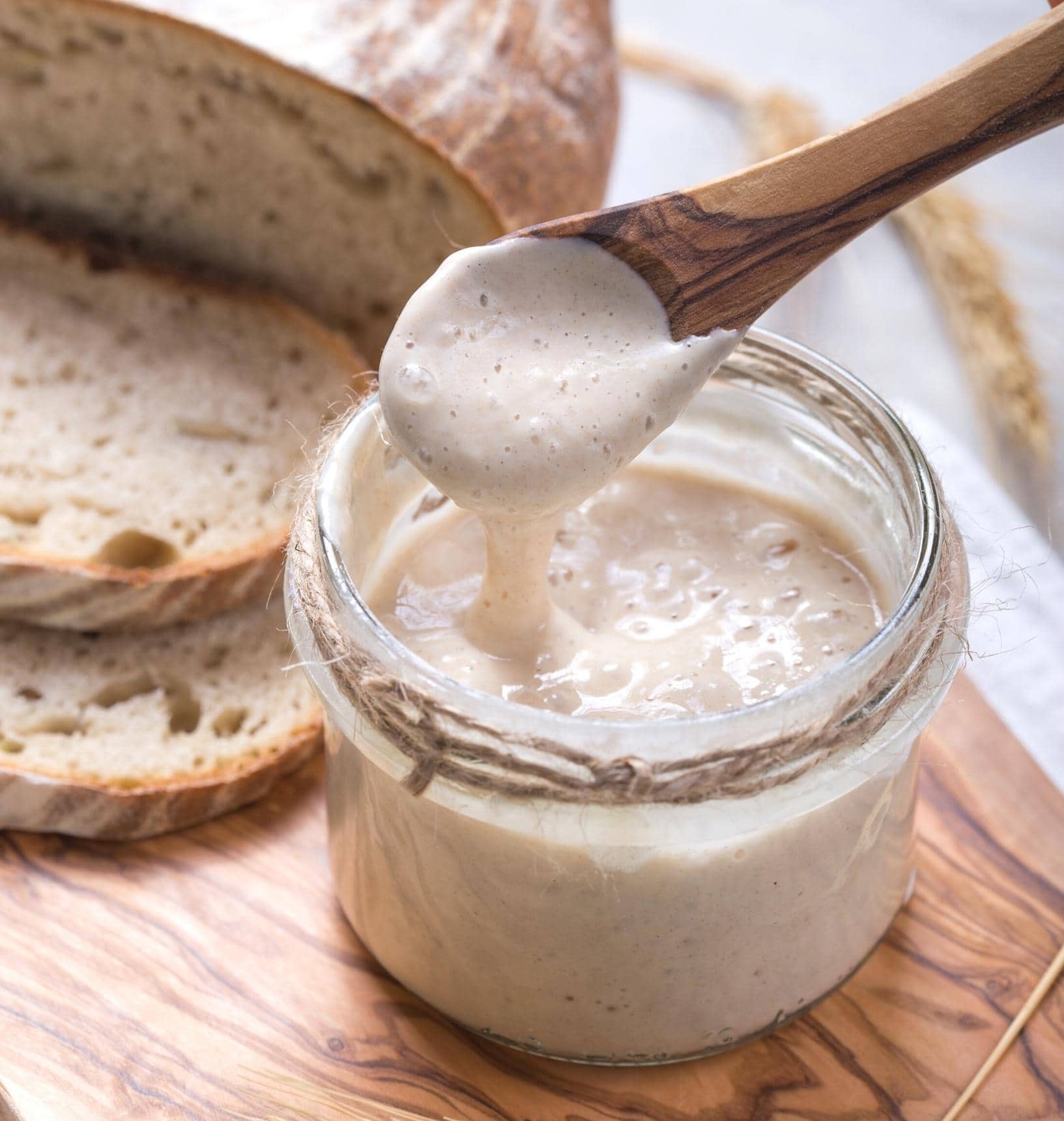

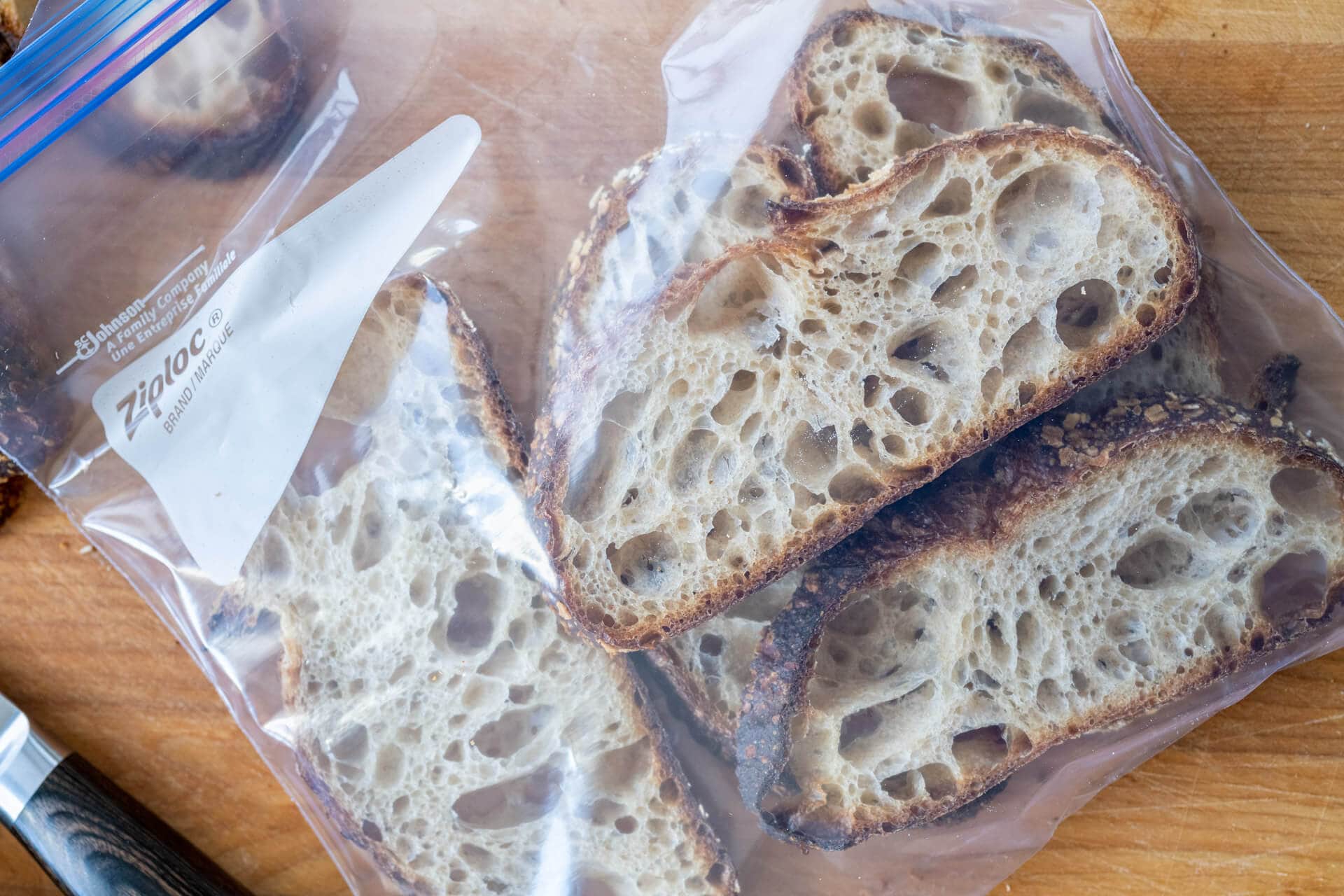
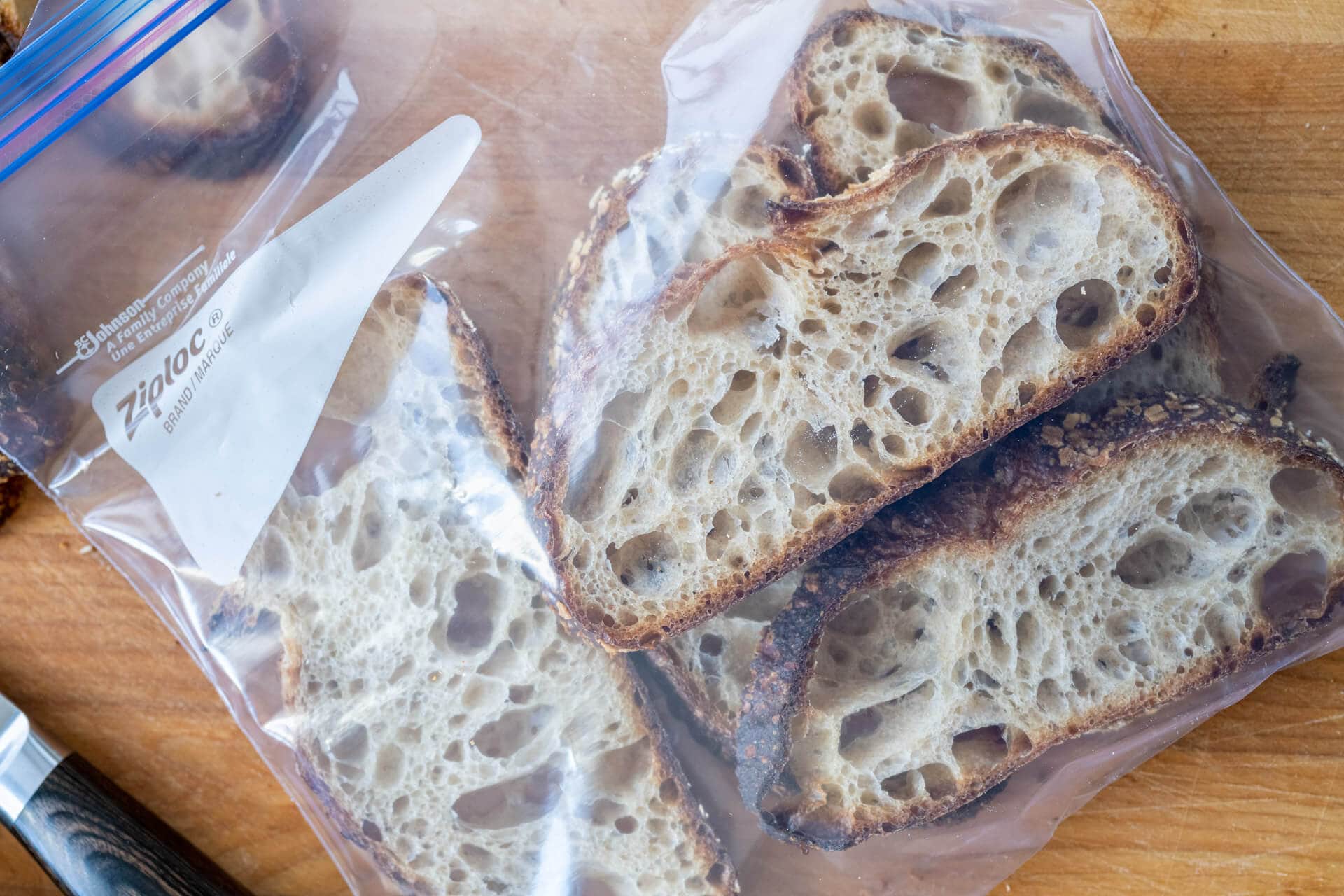
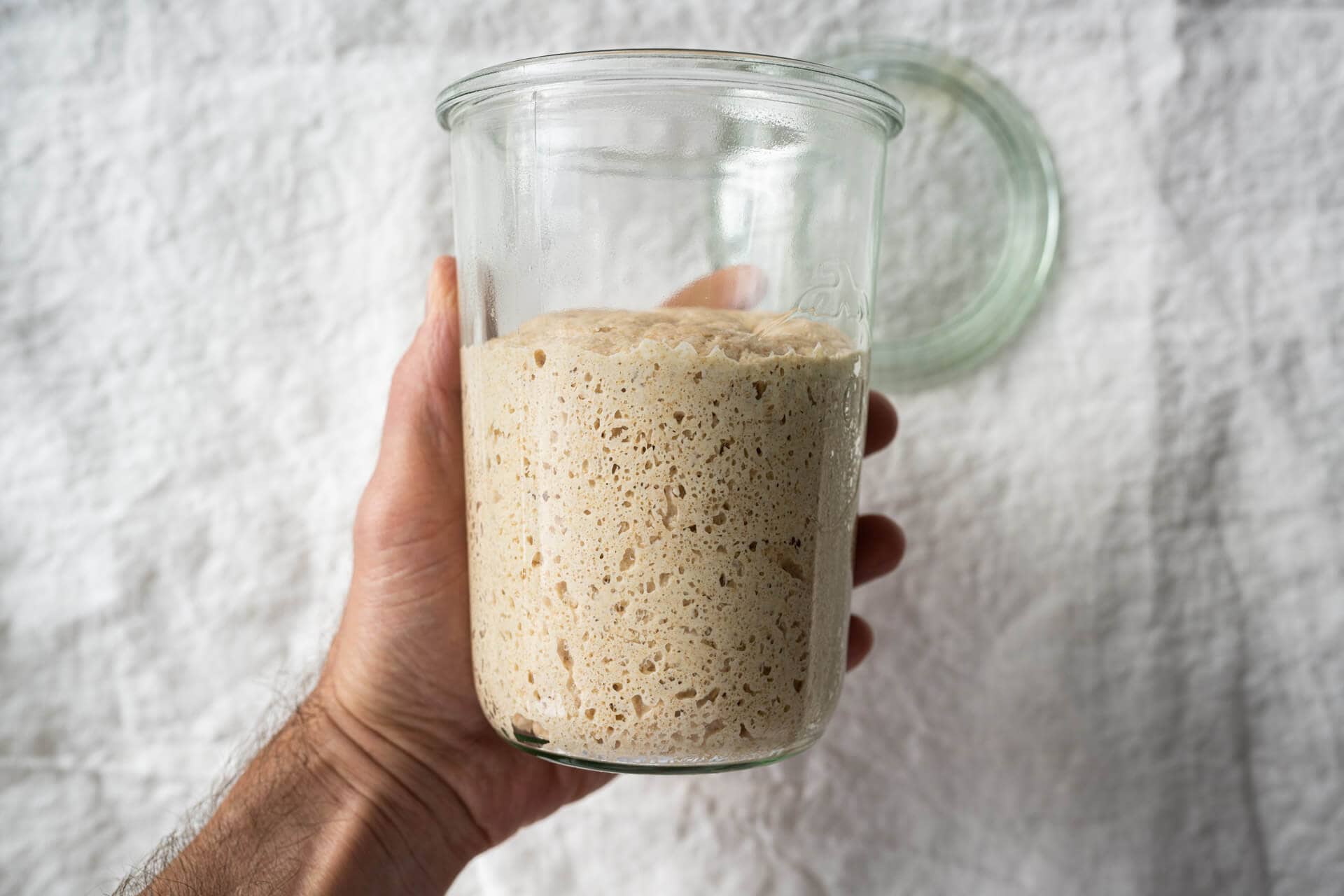
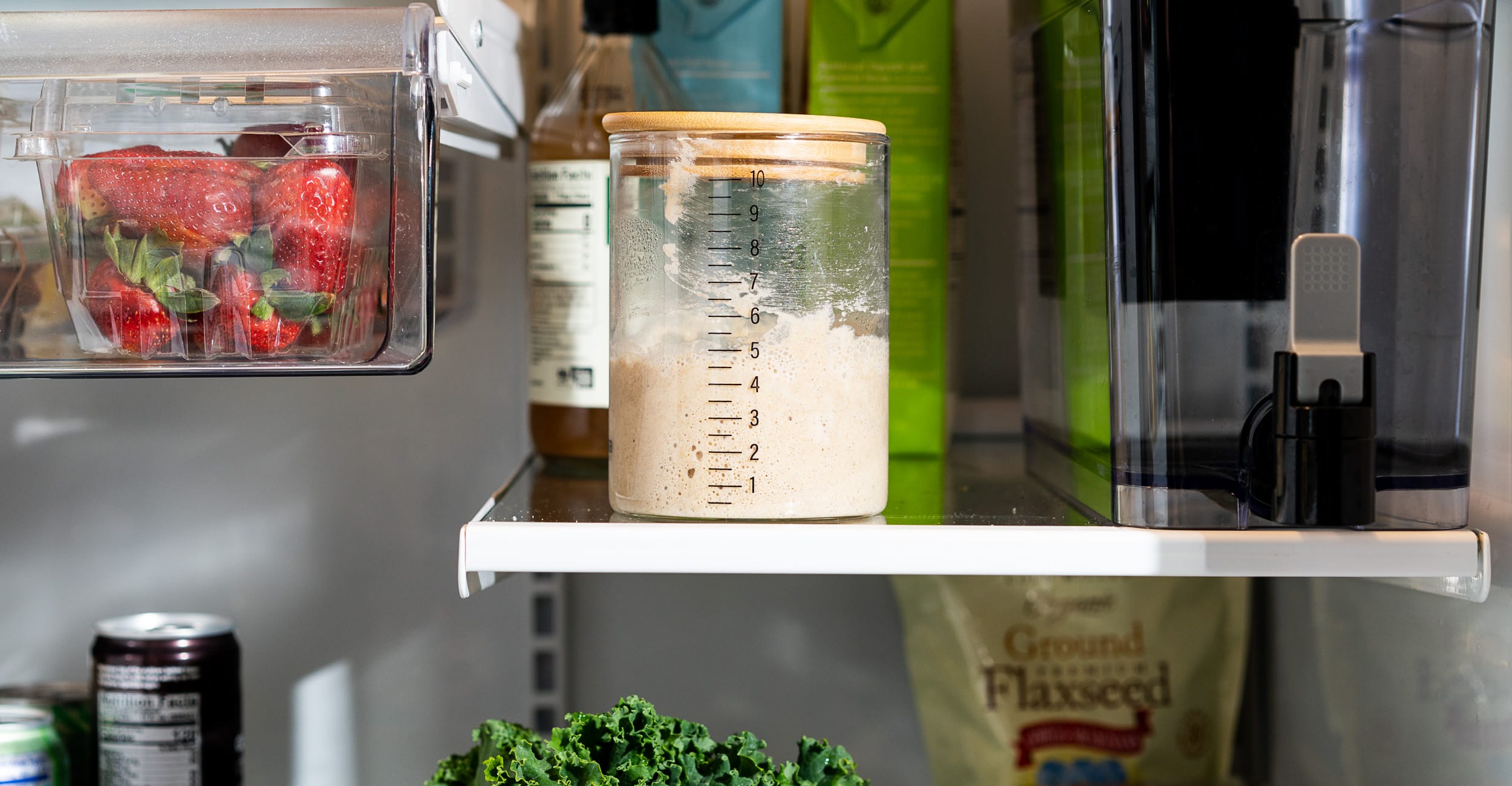

0 thoughts on “How To Store Homemade Sourdough”